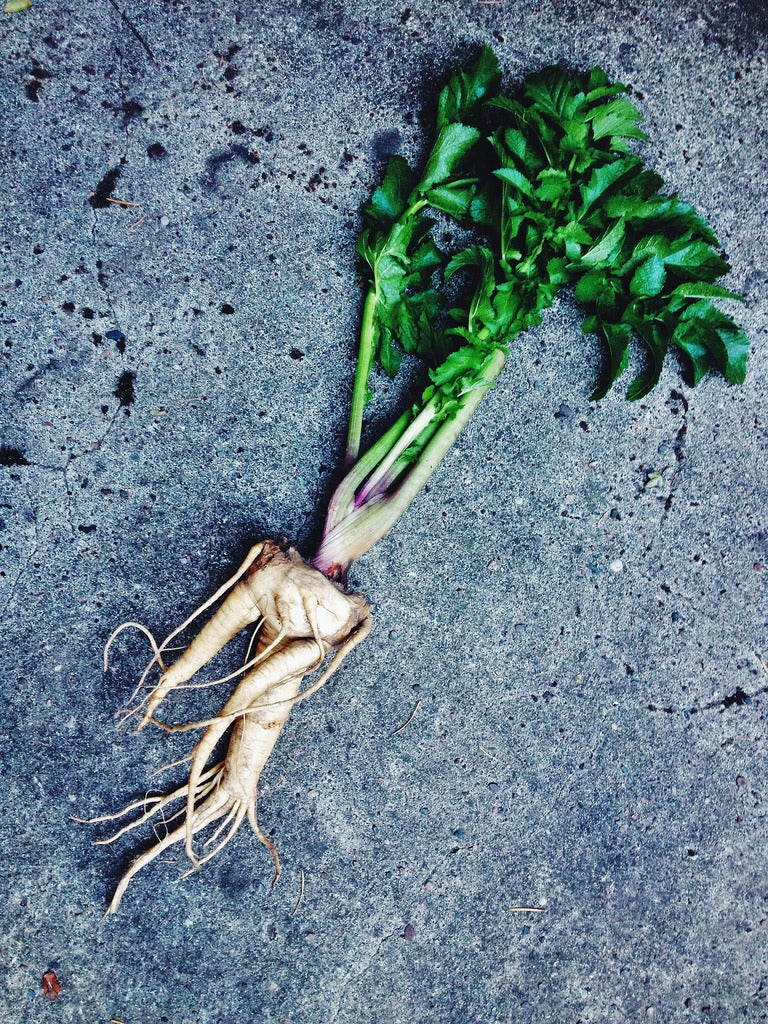Mandragora Plants – Growing Mandrake Plant Varieties In The Garden


If you are interested in growing mandrake, there is more than one type to consider. There are several mandrake varieties, as well as plants called mandrake that are not from the same Mandragora genus. Mandrake has long been used medicinally, but it is also highly toxic. Take great care with this plant and never use it as medicine unless you are very experienced in working with it.
Mandragora Plant Information
The mandrake of myth, legend, and history is Mandragora officinarum. It is native the Mediterranean region. It belongs to the nightshade family of plants, and the Mandragora genus contains a couple different kinds of mandrake.
Mandragora plants are flowering perennial herbs. They grow wrinkly, ovate leaves that stay close to the ground. They resemble tobacco leaves. Whitish-green flowers bloom in spring, so this is a pretty little plant. But the part of the plant mandrake is most known for is the root.
The root of Mandragora plants is a taproot that is thick and splits so that it looks a little bit like a person with arms and legs. This human-like form gave rise to a lot of myths about mandrake, including that it gives off a fatal scream when pulled from the ground.
Mandrake Plant Varieties
The taxonomy of Mandragora can be a little confusing. But there are at least two well-known (and true) types of mandrake that you can probably find to grow in the garden. Both varieties have the distinctive, human-like roots.
Mandragora officinarum. This is the plant that the term mandrake usually refers to and the subject of many myths in ancient and medieval times. It’s best grown in mild climates with sandy and dry soil. It needs partial shade.
Mandragora autumnalis. Also known as autumn mandrake, this variety flowers in the fall, while M. officinarum blooms in spring. M. autumnalis grows best in sandy soil that is moist. The flowers are purple.
Sign up for the Gardening Know How newsletter today and receive a free copy of our e-book "How to Grow Delicious Tomatoes".
In addition to the true mandrakes, there are other plants often referred to as mandrakes but that belong to different genera or families:
- American mandrake. Also known as mayapple (Podophyllum peltatum), this is a forest plant native to the northeastern U.S. It produces umbrella-like leaves and a single, white flower that develops a small, green fruit similar to apple. Don’t try it, though, as every part of this plant is highly toxic.
- English mandrake. This plant is also called false mandrake and is more accurately known as white bryony (Bryonia alba). It is considered an invasive vine in many places with a growth habit similar to that of kudzu. It is also toxic.
Growing mandrake can be risky because it is so toxic. Take care if you have pets or children, and make sure to keep any mandrake plants out of their reach.

Mary Ellen Ellis has been gardening for over 20 years. With degrees in Chemistry and Biology, Mary Ellen's specialties are flowers, native plants, and herbs.